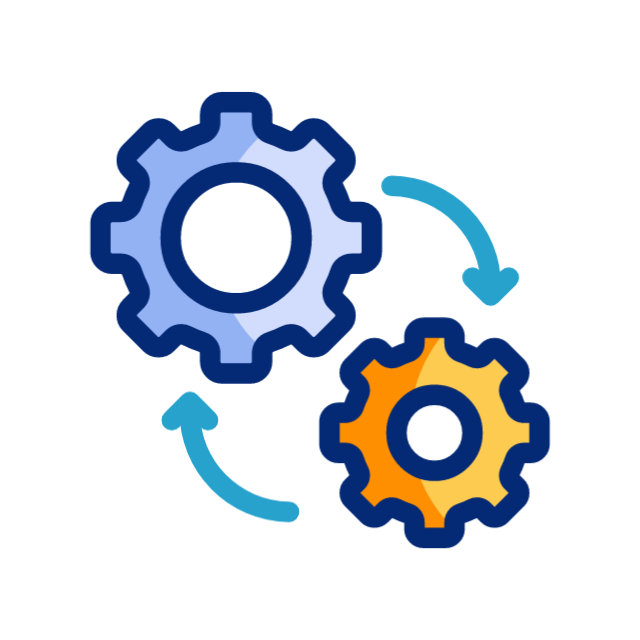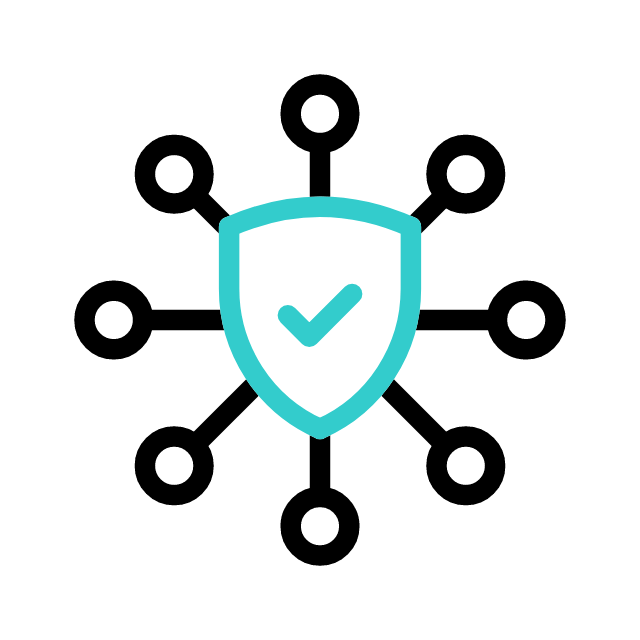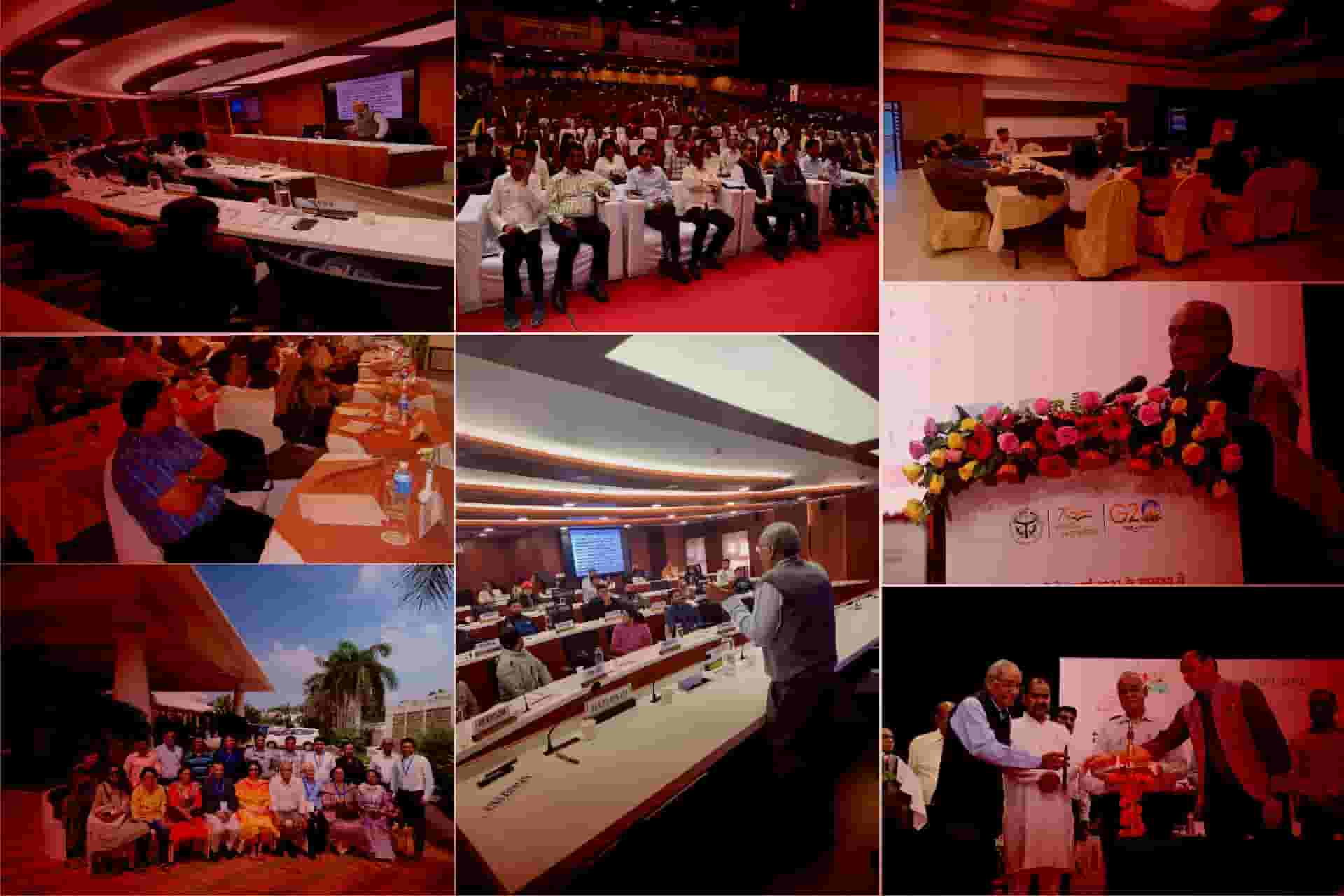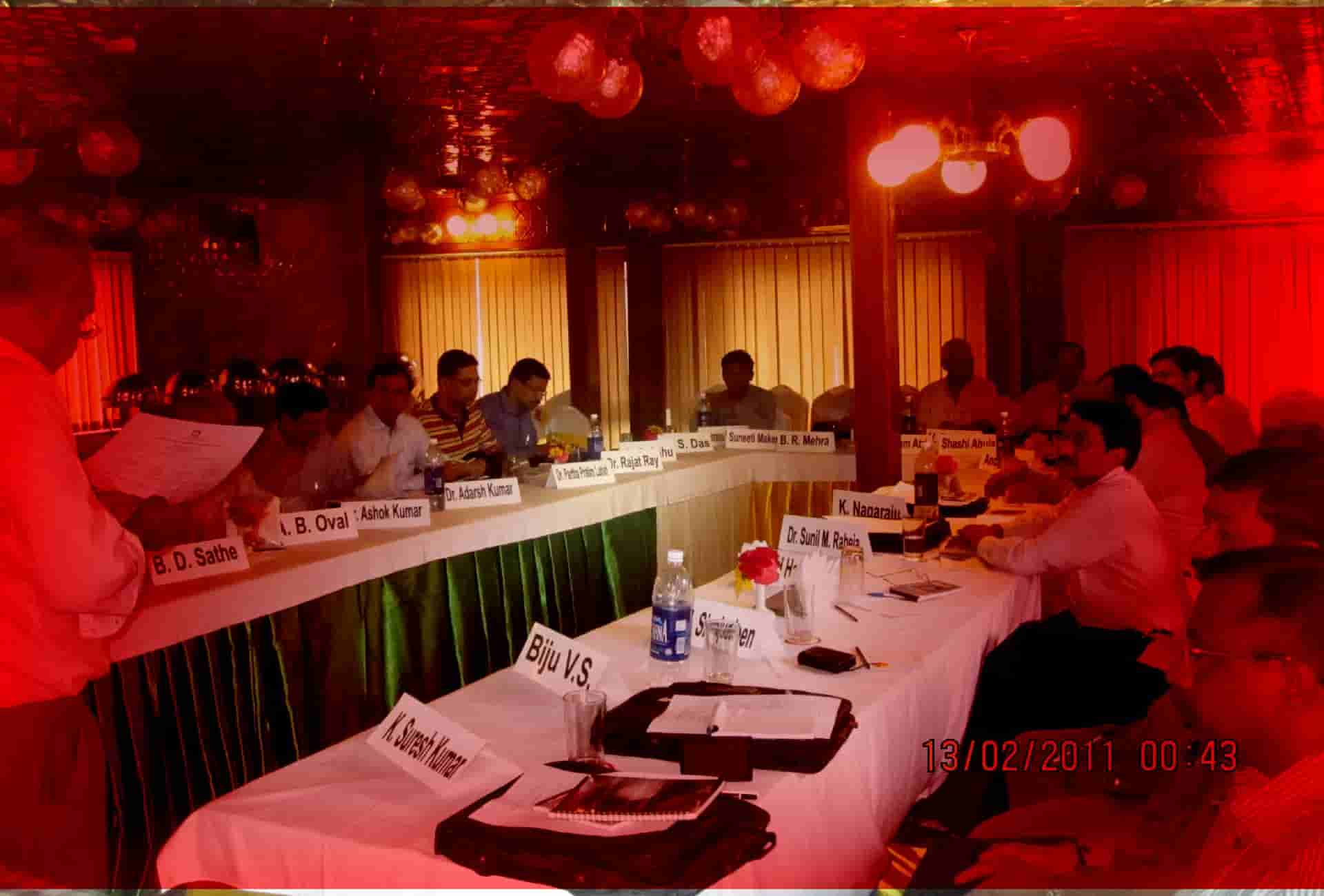
Benefits of Technology Management
- Enhanced Efficiency and Productivity:
- Streamlining operations and automating routine tasks reduce manual effort and errors, leading to increased productivity.
- Optimized processes and workflows improve overall operational efficiency.
- Cost Savings:
- Effective technology management helps identify and eliminate redundant systems and processes, reducing operational costs.
- Implementing efficient technologies can lower maintenance and energy costs.
- Improved Decision-Making:
- Access to real-time data and advanced analytics tools enables better-informed decision-making.
- Business intelligence systems provide insights into market trends, customer behavior, and internal performance.
- Competitive Advantage:
- Leveraging the latest technologies can give organizations a competitive edge by enabling innovative products, services, and business models.
- Staying ahead of technological trends ensures that organizations can quickly adapt to market changes.
- Enhanced Security:
- Robust technology management includes implementing strong cybersecurity measures to protect against data breaches and cyber threats.
- Regular updates, patches, and security protocols help ensure compliance with industry regulations.
- Better Customer Service:
- Technologies such as Customer Relationship Management (CRM) systems improve the management of customer interactions and feedback.
- Enhanced data management allows for personalized customer experiences and faster response times.
- Scalability and Flexibility:
- Technology management ensures that IT infrastructure can scale according to business needs, allowing for flexible resource allocation.
- Cloud services and virtualization provide the ability to adjust quickly to changes in demand.
- Innovation and Growth:
- Fostering a culture of innovation through technology management encourages the development and implementation of new ideas.
- Investing in emerging technologies drives continuous improvement and growth.
- Risk Management:
- Identifying and mitigating technology-related risks minimizes the impact of disruptions and ensures business continuity.
- Effective technology management includes disaster recovery planning and risk assessments.
- Compliance and Governance:
- Ensuring that technology systems comply with legal and regulatory requirements reduces the risk of fines and penalties.
- Technology management frameworks help establish clear policies and accountability for IT governance.
- Improved Collaboration:
- Collaboration tools such as video conferencing, shared workspaces, and project management software enhance communication and teamwork.
- Facilitated collaboration leads to more efficient project execution and better outcomes.
- Resource Optimization:
- Effective management of technology resources ensures that hardware, software, and human capital are used optimally.
- Efficient resource allocation reduces waste and enhances the return on technology investments.
- Employee Satisfaction and Retention:
- Providing employees with modern, efficient tools and technologies improves their work experience and productivity.
- Training and development opportunities related to new technologies enhance employee skills and job satisfaction.
Overall, technology management is crucial for organizations to maximize the benefits of their technology investments, support strategic goals, and maintain a competitive advantage in an ever-evolving technological landscape.
What is Technology Management?
Technology management is the discipline that deals with the planning, development, implementation, and oversight of technology within an organization to ensure it supports and enhances business objectives. It encompasses a range of activities and processes aimed at effectively integrating technology into business operations, optimizing the use of technology resources, and driving innovation and growth.
Key aspects of technology management include:
- Technology Strategy and Planning:
- Developing a technology roadmap that aligns with the organization’s overall strategic goals.
- Identifying technology needs, evaluating emerging technologies, and planning for future technology investments.
- Technology Development and Implementation:
- Managing the design, development, and deployment of new technologies and systems.
- Ensuring that technology solutions are integrated seamlessly into existing business processes and infrastructure.
- Innovation Management:
- Fostering a culture of innovation within the organization by encouraging the adoption of new technologies and approaches.
- Supporting research and development (R&D) initiatives to create innovative products, services, and processes.
- Project Management:
- Planning, executing, and monitoring technology projects to ensure they are completed on time, within budget, and meet specified objectives.
- Utilizing project management methodologies to manage resources, risks, and deliverables.
- IT Governance:
- Establishing policies, standards, and procedures for the effective use and management of technology.
- Ensuring compliance with legal, regulatory, and industry standards related to technology use.
- Cybersecurity and Risk Management:
- Implementing measures to protect the organization’s technology assets from cyber threats and data breaches.
- Conducting risk assessments and developing strategies to mitigate technology-related risks.
- Technology Operations and Maintenance:
- Overseeing the day-to-day operations of technology systems to ensure they are reliable and perform efficiently.
- Managing the maintenance and support of technology infrastructure, including hardware, software, and networks.
- Data Management and Analytics:
- Managing the collection, storage, and analysis of data to support decision-making and strategic planning.
- Implementing data governance practices to ensure data quality, privacy, and security.
- Vendor and Supplier Management:
- Managing relationships with technology vendors and suppliers to ensure the delivery of quality products and services.
- Negotiating contracts, monitoring performance, and ensuring adherence to agreements.
- Training and Development:
- Providing training and development opportunities to employees to enhance their technology skills and knowledge.
- Ensuring that staff are equipped to use new technologies effectively and efficiently.
- Resource Management:
- Allocating and managing technology resources, including budget, personnel, and equipment.
- Ensuring the optimal use of technology resources to achieve business objectives.
- Performance Measurement and Continuous Improvement:
- Monitoring and evaluating the performance of technology systems and initiatives.
- Implementing continuous improvement processes to enhance technology management practices and outcomes.
In summary, technology management is a comprehensive approach to integrating and optimizing technology within an organization. It involves strategic planning, innovation, project execution, governance, and ongoing management to ensure technology contributes effectively to achieving business goals and maintaining competitive advantage.




























